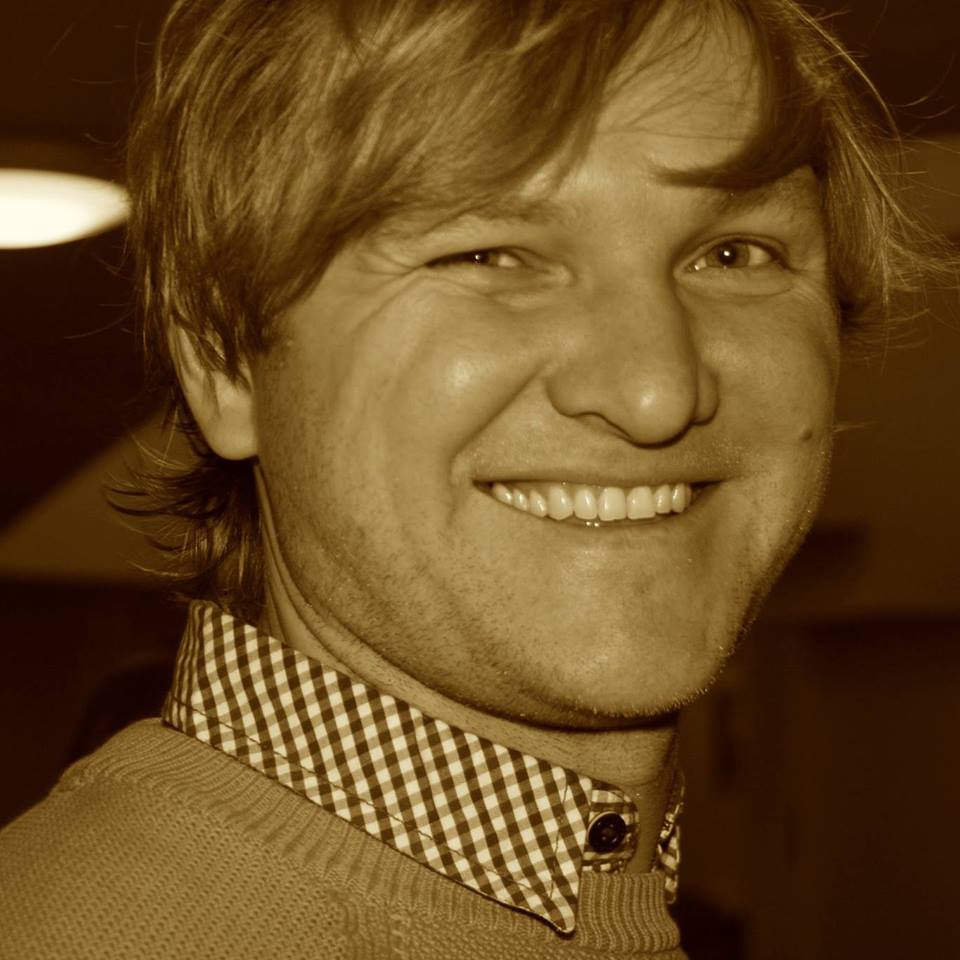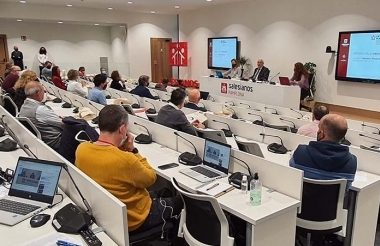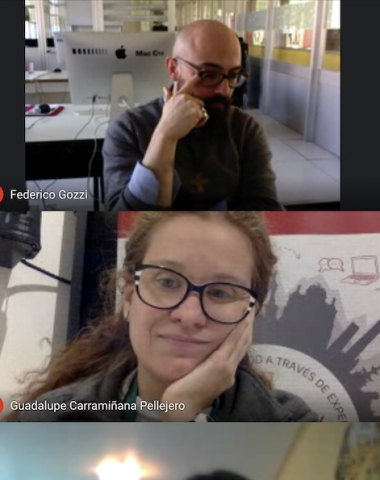Let’s Play Vet: an interview Cnos Fap projet manager
During the 4th meeting of “Let’s Play VET” project held in Bologna on 9th and 10th April 2019 by the Uniser’s headquarters, CNOS FAP project manager Tania Romualdi has been interviewed by Riccardo, a member of Uniser’s staff.
CNOS FAP (www.cnosfapbologna.it), the consortium coordinating organisation, is an association that provides guidance and vocational education and training following the pedagogical studies of Don Bosco. Let’s Play VET cofounded by the European Commission through the Erasmus+ programme (Key Action 2), has as its core the creation of “learning playlist”, a new learning and educational approach through which it will be possible to use gamification and badges principles to offer students an innovative learning experience.
Hi Tania, let’s go back to the beginning: what’s the aim of the project?
“Let’s Play VET” goal is to innovate the learning methodology for the curricula of graphic technician applying the concept of gamification through playlists. We would like to propose learning through play and game, which includes e.g. advancements from one level to another and awards, so to create more interesting and attractive practical learning experiences for the students. The final aim is to encourage pupils to vocational training, hoping that in the long-term this will decrease school dropout.
How did this project start?
As an idea, it was born in 2015, when Andrea Lombardi, President of UNISER, participated in a LRNG conference in the USA, which, among other things presented learning through playlists.
In Italy, vocational training is jurisdiction of the regions, which, through the European Social Fund, cofinance vocational training centres. In Emilia-Romagna, AECA is the umbrella association that counts all the 69 local vocational training centres, dealing with students from 15-18 years old. This is why, on returning home, Andrea proposed to AECA to submit a KA2 project on the creation of playlists, and AECA decided to ask Cnos Fap, one of its founding member, to be the project coordinator. INAPP, Italian National Agency, initially rejected the project for being too broad and generic on vocational training. In 2017, the project was re-submitted, modified precisely on the basis of INAPP’s feedback. The focus was moved on the graphic technician curricula that three out of the six partners managed.
And about the meeting of these two days, what can you tell us?
This is the fourth meeting we have within this project, after the first in Bologna in October 2017, Pamplona in April 2018 and Budapest in 2018. All the six partners are present: UNISER, Cnos Fap Bologna, Salesianos Pamplona and Szamalk Szalezi from Budapest, together with Badgecraft from Ireland and EFVET from Ireland (the European network of institutions and professionals in education and vocational training). In the project are also three associated “supporting” partners such as AECA , Emilia Romagna Region and the national federation CNOS- FAP, which are responsible for spreading the results of the project in their networks.
So, let’s make a premise: we are now about halfway through the project, so something worth recapitulating.
We started from a big innovative work on the comparison of the professional curricula of graphic technician, which, for example, in Spain is called “technician of printing and screen printing”. Although Italy, Spain and Hungary reach the same level in the European qualifications framework for lifelong learning, differences remain in development and planning of the curricula itself to give an example, in Hungary curricula is considerably based on skills in creativity, inventiveness, hand drawing. In Italy, these skills are completely absent, while more space is given to printing techniques. However, we needed to find a meeting place on which to develop playlists.
We then shared a job to make the playlists attractive to the students, trying to include their daily interests as well: each partner in their country made focus groups with students to get their feedback on which activities they would find most enjoyable. These joined the counter-focus with the teachers: they investigated how they organize their lessons, what they think the students like, why they use certain tools.
Finally, real playlists were developed, as a set of learning experiences and activities useful for bringing students to the achievement of a given competence. At the same time, the partners developed an online platform where the students, through a personal profile, check their progress in the playlist.
The last step was to test playlists with kids, each in their own territory. UNISER took care of the part of the project relating to student mobility, coordinating the exchange period for 24 days between Spanish, Italian and Hungarian children.
The current meeting will make a general point on the progress achieved in this first half of the project. We also worked in groups to further develop the playlists making them more and more innovative compared to the learning methodology. Finally, we have to plan the so-called ” multiplier events “, dissemination events in which the partner explains the contents of the project to an audience of stakeholders in its territory.
At this point, what are the next steps of the project?
We will have to further test the new playlists, revised based on the test results so far. A subsequent development phase will see us engaged in instructing trainers and teachers to independently build playlists. We also need to write guidelines on the platform and on playlists in general. For all this, we will meet 3 more times.






Add Review